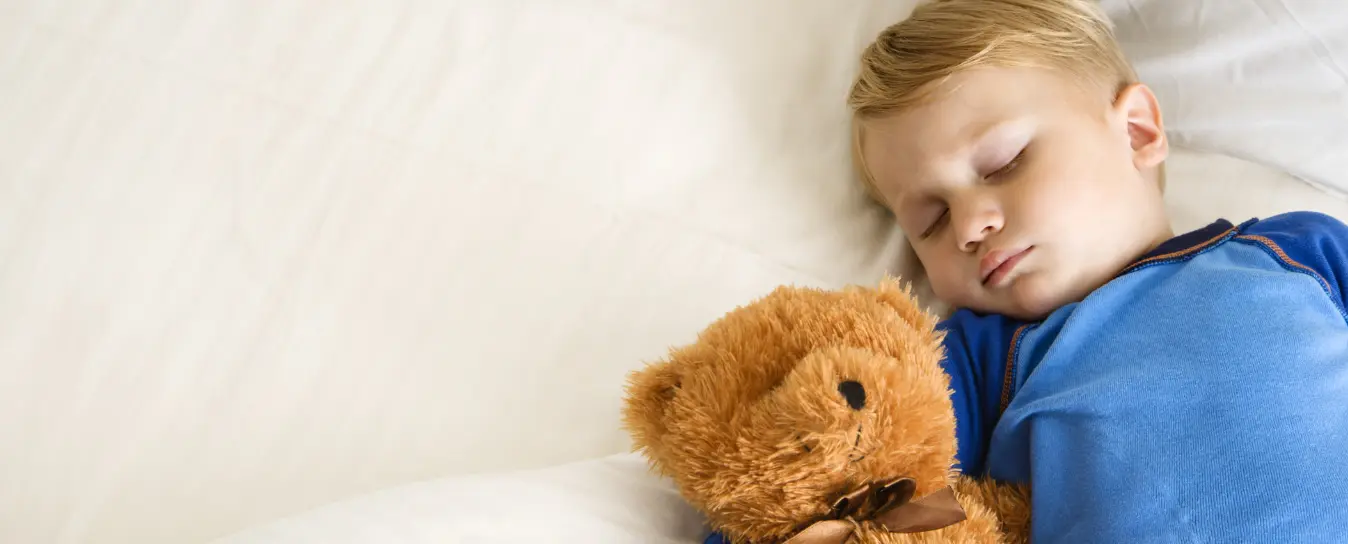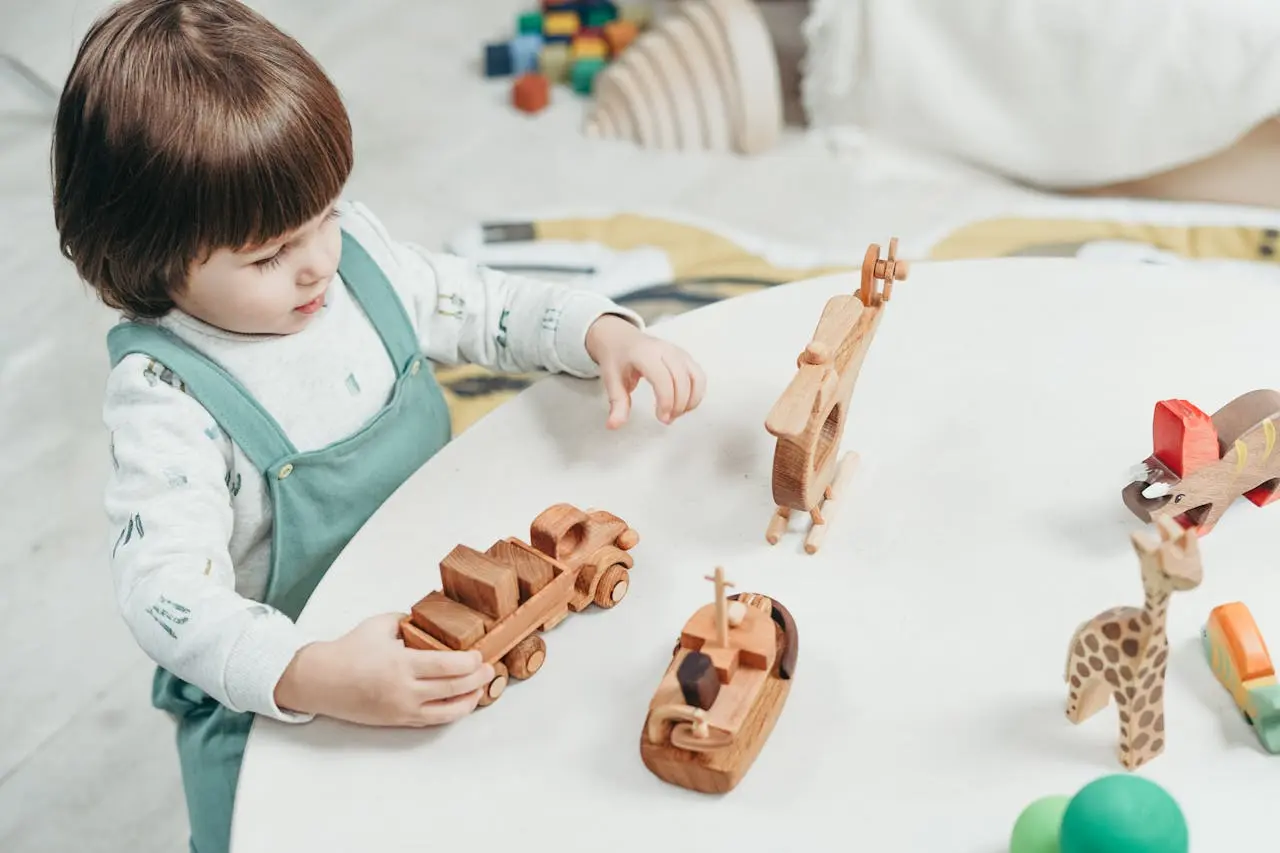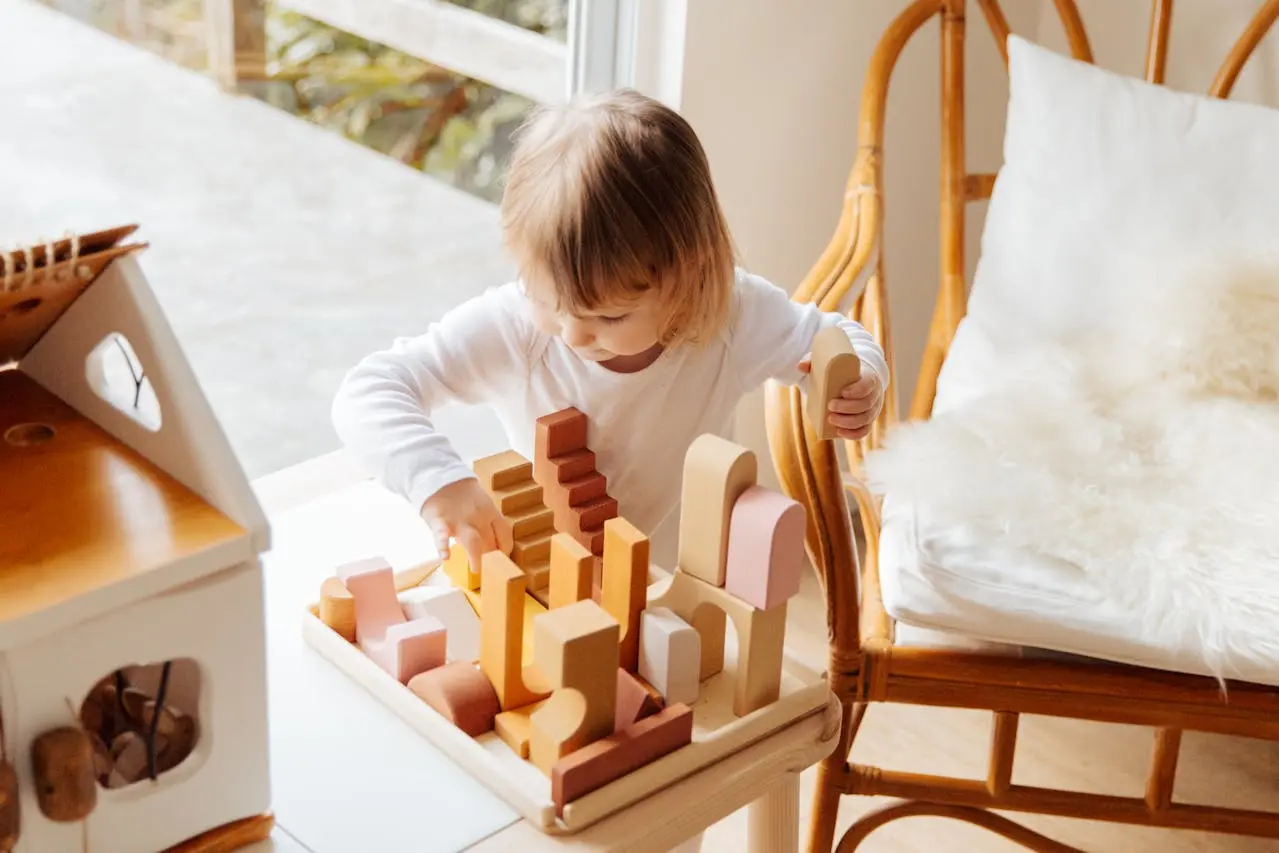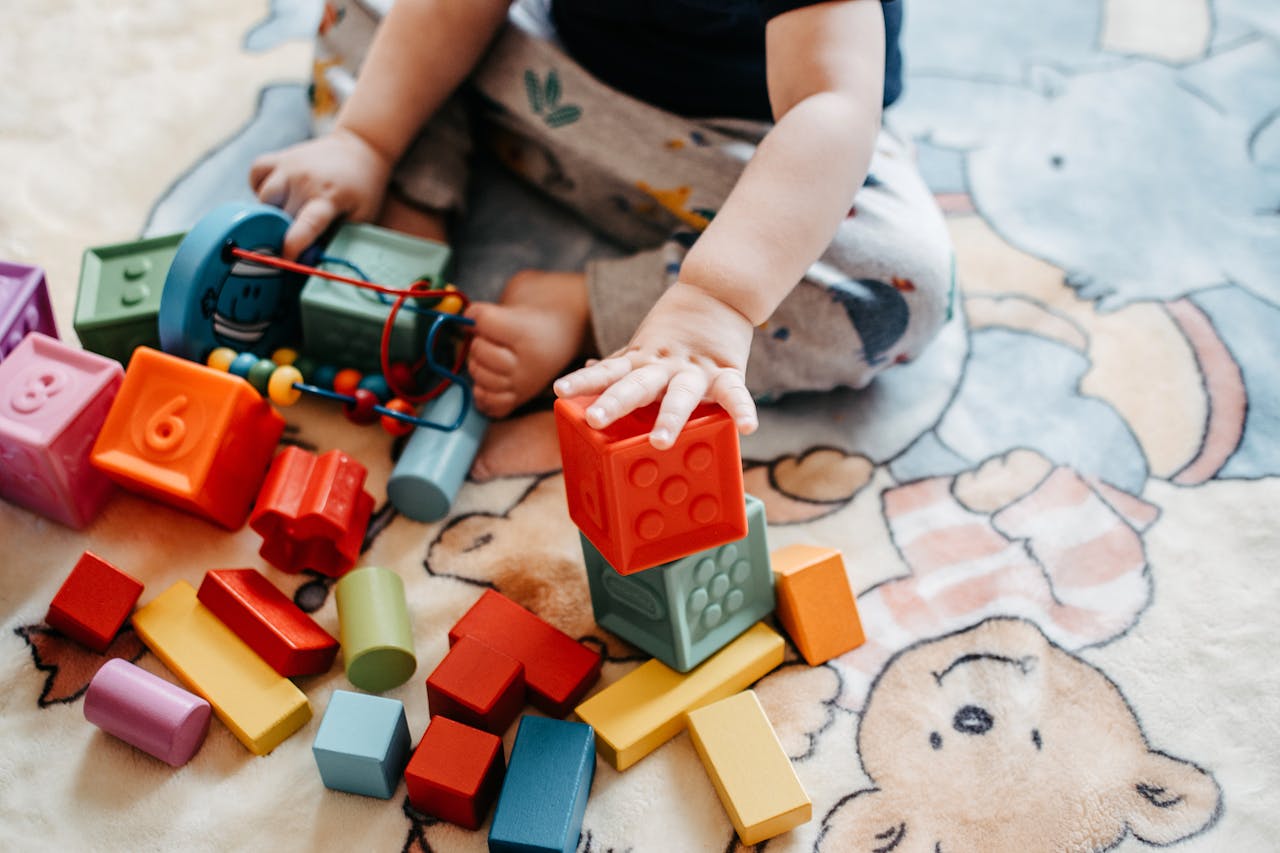Want to improve your child’s sleep?
We asked our partners, Simply Sleep (@simplysleep.co.uk for social post) for their top five tips for good sleep…and you may find some of them useful for yourself!
Tip 1 - Routine
Establishing a consistent routine with regular waking, meal, play, nap and bedtimes will make your child feel secure and will help develop their understanding and expectations of daily life.
When it comes to bedtime, we recommend doing the same things in the same order each night e.g. bath, book, bed. This will act as a cueing system in your child's brain and they will know that sleep is coming at the end of it.
A common misconception here is that the bedtime routine should be the start of the journey to sleep but ideally, we want children to be able to do this independently, so ditch the dim lights, the soothing music, and lavender bath oils. The bedtime routine should be light, bright and fun, up until your child gets into bed.
Tip 2 – Environment
When you are ready for your child to go to sleep, their environment should then be dark, quiet and kept at an optimum temperature of about 16C. Blackout blinds can be used to help block out light and white noise can be a good way to drown out disruptive environmental sounds, particularly if you live in a noisy household or neighbourhood.
Watch out for devices such as thermometers, Calpol diffusers, clocks or anything else in your child’s bedroom that may emit a blue, green or white light. Use electrical tape to black these lights out if it is essential the device is switched on while your little one sleeps.
Ideally, you want your child to understand that it is a place to sleep and not play. As such, if toys in their bedroom are becoming a distraction at bedtime, during the night or early in the morning we recommend removing toys from reach, covering them over, or keeping them in an alternative space. By the same token, we don’t want a negative association forming with their sleep environment, so avoid issuing punishments that include spending time in their room or being sent to bed.

Tip 3 – Self-soothing
Many of your children may have mastered this skill by now, but it is also very common for children of pre-school age to still be reliant on a ‘sleep-prop’. This is something, or someone, that props up their sleep, and something they struggle to sleep without. Examples of sleep props include things like dummies, bottles of milk/juice/water, physical contact, music/audiobook, nightlights and projectors, motion, etc.
If your child regularly wakes in the night and needs you or another sleep prop to help them get back to sleep, then self-soothing is key to them being able to re-settle and sleep independently. It can feel difficult for both you and your child to ditch the props, so if you need any guidance and support in doing this then Simply Sleep can help you establish self-soothing quickly and consistently using gentle methods.
Tip 4 – No screens
Avoid screens for at least one hour before bedtime in order to reduce the amount of blue light your child is exposed to. This is because blue light can suppress the sleep hormone, melatonin, and delay sleepiness.
If your child is still napping then this applies to daytime sleep too.
If your child co-sleeps, or requires you to be in the room with them while they settle then you need to be mindful of your screen habits too. So, no scrolling from the chair, or watching screens in bed if your child is in the room as the light exposure can still impact them. This is also a good habit to get into yourself as blue light impacts adults in the same way!
Tip 5 – Avoid overtiredness
Have you ever wondered why keeping your child up late at night doesn’t mean you get a lie in the next morning? This is because overtiredness actually makes it more difficult to fall, and stay asleep.
Throughout the day our bodies rely on a variety of hormones to do different things, the hormone that helps us sleep, melatonin, is naturally produced in the evening, and ideally, we want to be going to sleep when this is near its peak. For pre-school children, this is likely to be around 12 hours before their wake-up time when in a regular routine.
We have other hormones that help us get through our daily activities, and naturally, these are produced at opposite times to melatonin. However, when we don’t listen to our body and get to sleep at the right time, our body responds by producing adrenaline and cortisol as a response. These hormones are great to have during the day, but when produced at night they can cause us to feel restless, and wired and children can become giddy and hyperactive through no fault of their own. They will struggle to fall asleep and likely wake up earlier the next morning.
As an example, if you are putting your child to bed at 8 pm and they are wide awake and charging around the room until they pass out at 9.30 pm, it is likely you have missed this melatonin window and despite what you are seeing, an earlier bedtime is likely what is needed.
And finally…
When bringing in any changes to your child’s sleep routine or environment, speak positively and focus on the good. Even if your little one hasn't had a 'perfect' night, if they are making progress then heap on the praise and make a fuss, let them hear you tell their keyworker how great they are.











